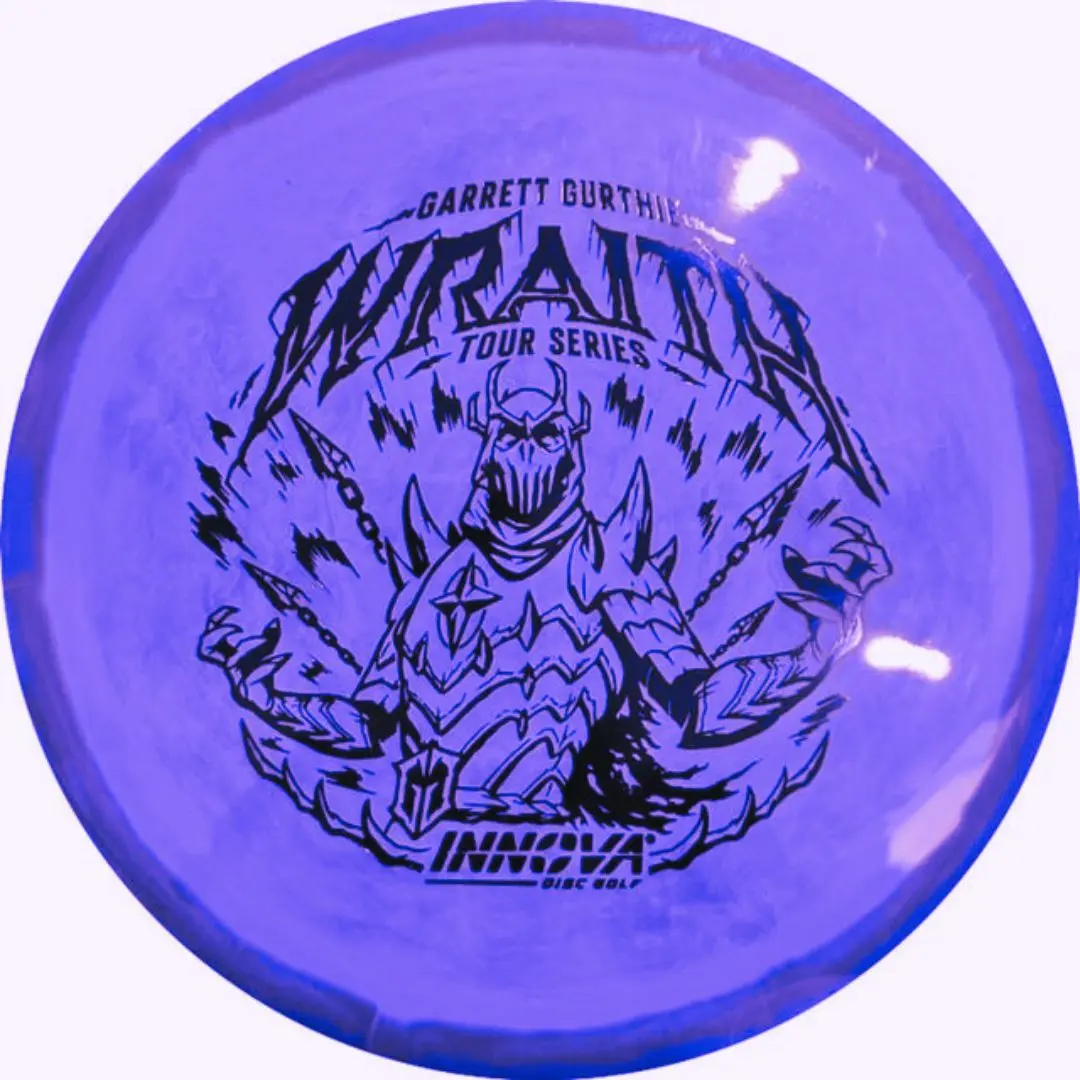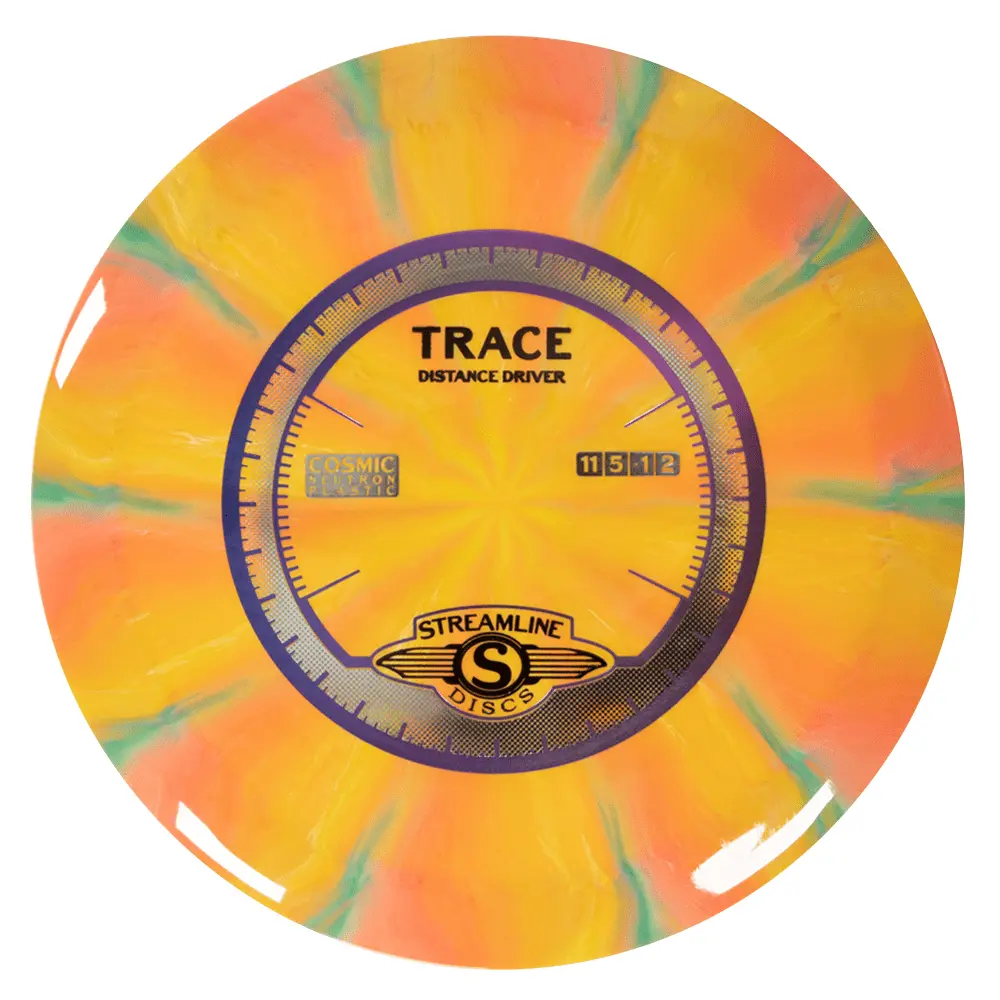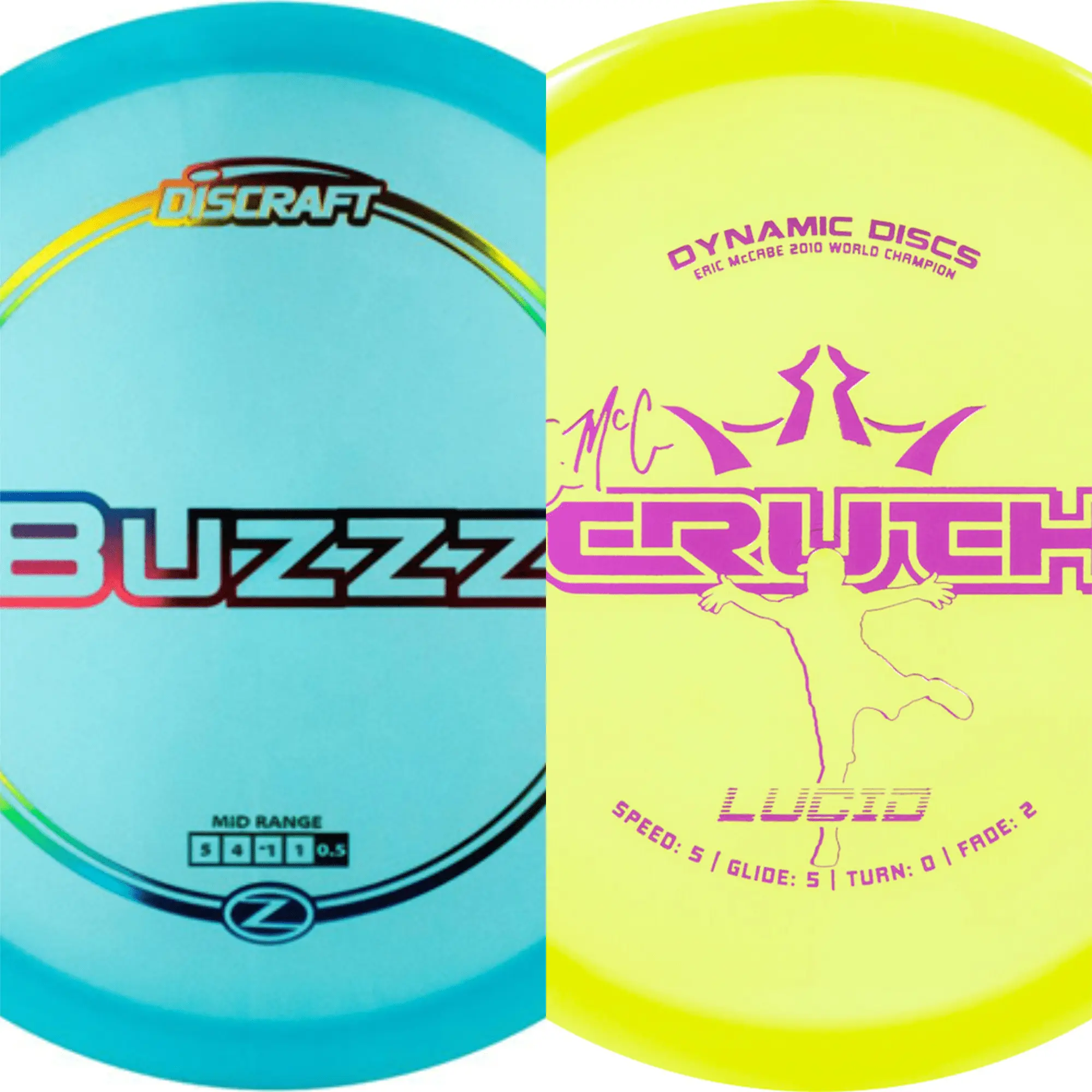Disc Golf Numbers Explained: A Player's Guide

Published: 8/9/2023
In the world of disc golf, those numbers on your discs aren't just for show. They tell a story about how the disc will perform in your hands. Whether you're a seasoned pro or just starting, understanding these numbers is key to mastering the game. Let's break them down in a way that's easy and fun to understand.
The Four Numbers on Disc Golf Discs
When you pick up a disc golf disc, take a moment to notice the four numbers lined up in sequence from left to right. It's not just a random arrangement; it's a well-thought-out guide to the disc's behavior in flight. The first number on the left represents Speed, dictating how quickly the disc can travel. Move one step to the right, and you encounter Glide, defining how long the disc stays airborne. The third number is Turn, describing the disc's initial direction. Finally, on the far right is Fade, indicating the disc's behavior as it ends its flight. It's like reading a book, from left to right, where each number unfolds a new chapter of the disc's flight story. Together, they provide a comprehensive picture, helping players of all levels choose the right disc for the right moment.
Speed: The Thrill of the Throw
The first number is all about Speed. It tells you how fast the disc can fly, with higher numbers meaning more speed. It's like the horsepower of a car; the higher the number, the faster it can go. If you want to cover long distances, discs with higher speed ratings, like a 12 or 13, are your go-to. For forehand throws, a higher speed disc can provide more stability, while backhand throwers may find a lower speed disc easier to control. Understanding your own throwing style and matching it with the right speed rating can make a significant difference in your game.
Glide: The Art of Flight
Next up is Glide. It's how well the disc can stay airborne. Think of it as the disc's ability to float like a feather. A higher glide number means more air time, perfect for those picturesque shots that seem to hang in the air forever. For discs that sail smoothly, look for a glide rating around 5 or 6. Glide is a versatile attribute that can benefit both forehand and backhand throwers. For forehand players looking for a smooth and controlled flight, a disc with moderate glide can be ideal. Backhand players seeking extra distance might opt for discs with higher glide ratings.
Turn: The Early Twist
Turn is where things get interesting. It's how the disc behaves during the initial part of its flight. A negative turn number means the disc will curve right (for right-handed throwers) early on. It adds a creative element to your throw, allowing you to shape shots around obstacles. Discs like the Latitude 64 Diamond with a turn of -3 are great for this. Turn affects both forehand and backhand throws but in different ways. Forehand throwers may prefer discs with a positive turn for stable flight, while backhand throwers might choose negative turn discs for an easy right curve. Experimenting with different turn ratings can lead to creative shot-making.
Fade: The Final Curve
Last but not least, Fade. It's how the disc behaves at the end of its flight as it slows down. A disc with a high fade number, like 4 or 5, will have a pronounced curve at the end. It's the finishing touch to your throw, adding precision and control when you need it most. The Innova Firebird, with a fade of 4, is a renowned example. Fade's influence doesn't stop there. It plays a critical role in shaping your shot. Forehand players may lean toward discs with lower fade for gentle finishes, while backhand enthusiasts often reach for higher fade for those controlled, sharp hooks. Understanding and selecting the right fade number is like having a secret weapon in your arsenal, guiding you to the desired end flight path.
Similar Posts

Unlocking the Full Potential of the Innova Wraith
Published:
2 years ago

Streamline Trace: The Control Artist's Choice in Disc Golf
Published:
2 years ago

The Science of Disc Golf: Understanding Disc Dynamics
Published:
2 years ago

Streamline Trace Versus Innova Wraith
Published:
2 years ago

Discraft Buzzz Versus Dynamic Discs Truth
Published:
2 years ago

Getting Started with Dynamic Discs Cadet Backpack Disc Golf Starter Set
Published:
2 years ago